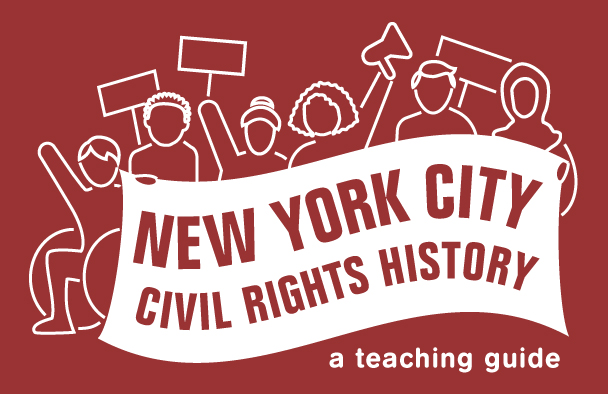- Disability takes many forms. Disabled students in NYC have had, and continue to have, a wide variety of educational experiences.
Because the term disability describes those who do not fit social ideas of “normal,” it encompasses a wide variety of experiences. These include mental health disabilities; chronic diseases; and sensory, developmental, cognitive, physical, and learning disabilities.1
Schooling has been a place of contrasting experiences for students with disabilities. For some, it has meant support and learning, even liberation and joy at times. It has also been a place of oppression and confinement.2 Students of color and poor students experience disability in school differently than do their white or wealthier peers. They receive different special education categorizations and are more likely to be placed in more restrictive and segregated environments.3
Even when experiencing oppression in schools—as when Deaf students were prohibited from using sign language to communicate with each other at NYC Schools through most of the twentieth century—Disabled young people sought ways to connect with one another inside and outside of school, for their own pleasure and community building. 4
-
Sins Invalid, Skin, Tooth and Bone: The Basis of Movement is Our People: a Disability Justice Primer (Berkeley, CA: Sins Invalid, 2019); Emily Ladau, Demystifying Disability: What to Know, What to Say, and How to Be an Ally (New York: Clarkson Potter, 2021). ↩︎
-
Margaret Price, “Education,” in Keywords in Disability Studies, ed. Rachel Adams, Benjamin Reiss, and David Serlin (New York: New York University Press, 2015), 64-67, https://keywords.nyupress.org/disability-studies/. ↩︎
-
Cheri Fancsali, “Special Education in New York City: Understanding the Landscape,” The Research Alliance for NYC Schools at NYU Steinhardt, 2019, https://steinhardt.nyu.edu/research-alliance/research/publications/special-education-new-york-city. ↩︎
-
S.O. F.E.D. U.P. Handbook for the Disabled Students of Brooklyn College, CUNY Deaf Social Spaces ↩︎
